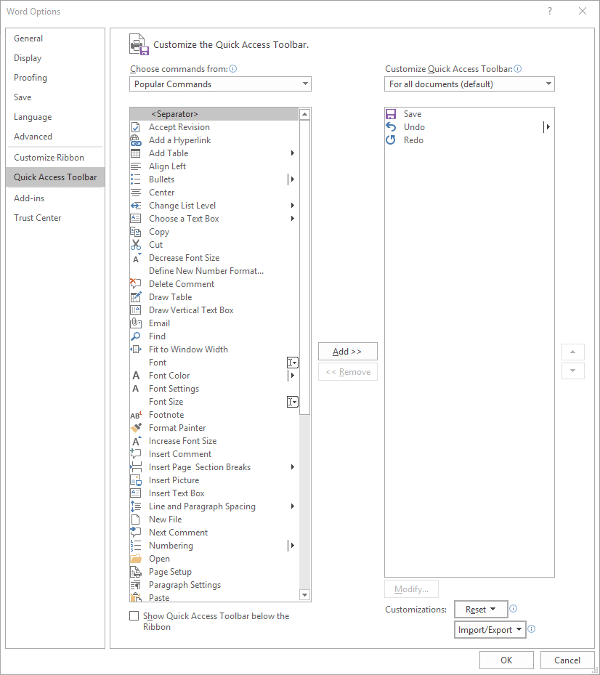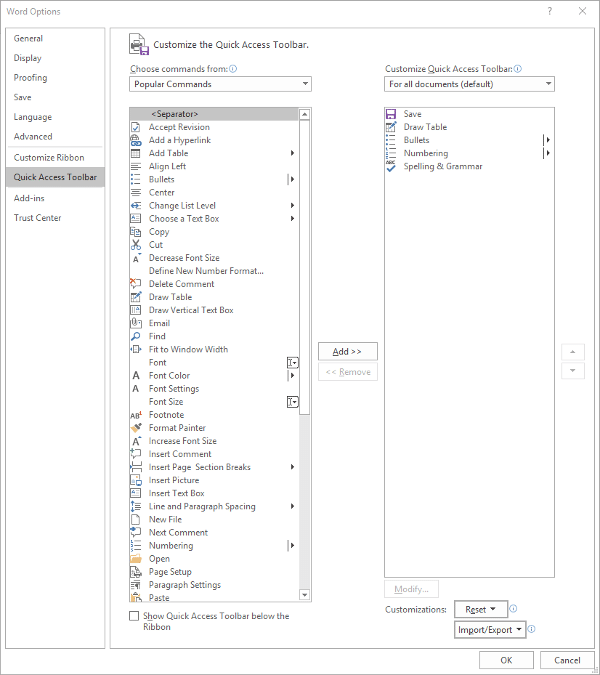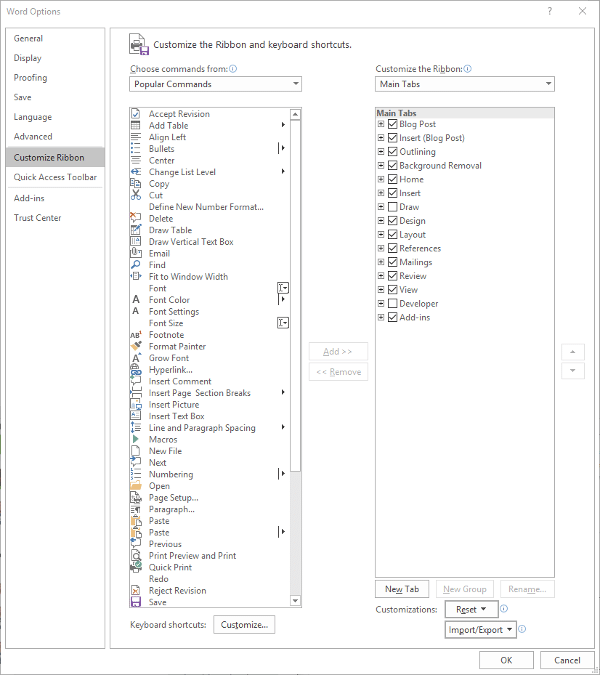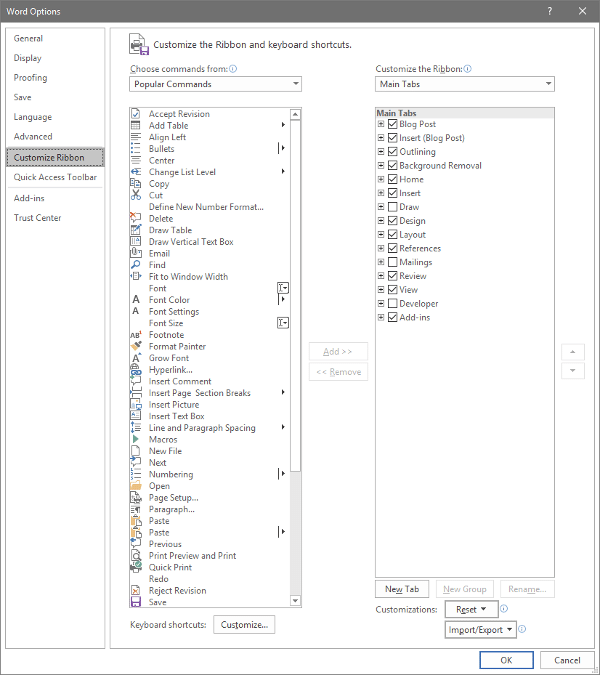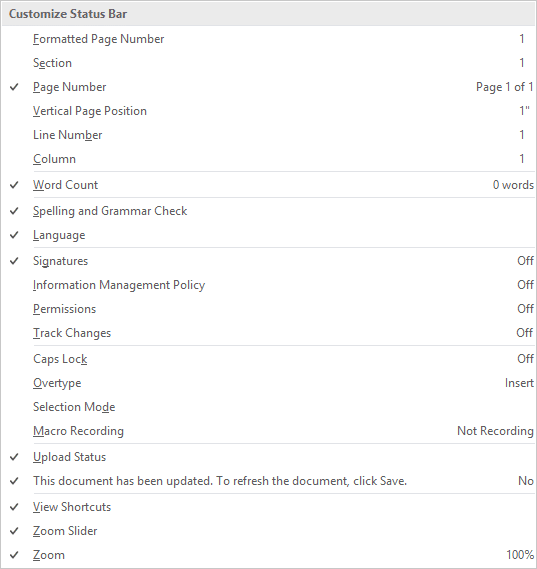Not anymore.
A concept called managed IT services has taken the business world by storm. Experienced technicians work diligently with some of today’s most powerful monitoring software to proactively manage a business’ network and infrastructure, keeping technology working better longer, and reducing downtime to a point where it isn’t the huge problem it traditionally has been.
Coleman Technologies is a proud managed IT services vendor. With our technicians’ expertise, we are able to offer our clients a massive cache of services that include:
- Remote and onsite support
- Around-the-clock monitoring
- Help desk
- Server, workstation, and mobile device support
- Networking support
- Software patch management
- Stronger cyber and network security
- Data backup and recovery
- Professional technology consulting
- Periodic business reviews
- Vendor management
- And more
It is increasingly rare for many small or medium-sized businesses to hire onsite IT staff. If you don’t have the support your technology needs to function properly, you are looking at variable capital expenses that can, and likely will come to pass at exactly the wrong moment.
Coleman Technologies’s IT services provide your business with access to dedicated and knowledgeable IT technicians that are well positioned with some of the most powerful technology management software on the market; and, does it for a predictable monthly rate.
If you would like to get rid of your IT headaches for good, and kick downtime to the curb, call us today at (604) 513-9428.

